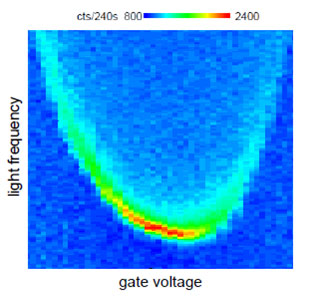 Scientists from ETH Zurich, LMU Munich, Princeton and Yale Universities have used resonant laser absorption to examine how a quantum dot with Kondo correlations responds to a quantum quench, i.e. to an abrupt change in the interactions that give rise to Kondo correlations in the first place.
Scientists from ETH Zurich, LMU Munich, Princeton and Yale Universities have used resonant laser absorption to examine how a quantum dot with Kondo correlations responds to a quantum quench, i.e. to an abrupt change in the interactions that give rise to Kondo correlations in the first place.
Jul 1st, 2011
Read more
By extending his pioneering acoustical work that applied sound waves to generate droplets from fluids, Dr. Utkan Demirci and his team at Harvard Medical School's (Brigham and Women's Hospital) Bio-Acoustic Mems in Medicine Laboratory report encouraging preliminary results at an early and crucial point in a stem cell's career known as embroid body formation.
Jul 1st, 2011
Read more
Australian researchers have invented nanotech solar cells that are thin, flexible and use one hundredth the materials of conventional solar cells.
Jul 1st, 2011
Read more
Researchers can now see objects more precisely and faster at the nanoscale due to utilising the full colour spectrum of synchrotron light, opening the way for faster 3D nanoimaging.
Jul 1st, 2011
Read more
Magnetic microprocessors could use million times less energy than today's silicon chips.
Jul 1st, 2011
Read more
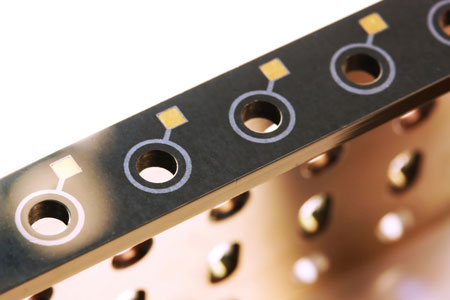 Guitar virtuosos have to master all kinds of playing techniques. But how can the intricate process of playing the instrument be captured digitally? A special thin film on the tailpiece has the answer. Functioning as a sensor, it converts the tension on the string into digital control signals.
Guitar virtuosos have to master all kinds of playing techniques. But how can the intricate process of playing the instrument be captured digitally? A special thin film on the tailpiece has the answer. Functioning as a sensor, it converts the tension on the string into digital control signals.
Jul 1st, 2011
Read more
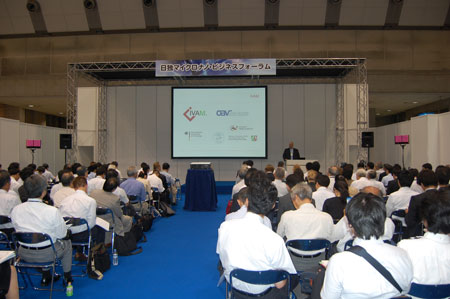 Like the years before, IVAM Microtechnology Network is organizing the Japanese-German Micro / Nano Business Forum within the "Micromachine/MEMS" in Tokyo, one of the most important exhibitions in the field of micro and nanotechnology in Japan.
Like the years before, IVAM Microtechnology Network is organizing the Japanese-German Micro / Nano Business Forum within the "Micromachine/MEMS" in Tokyo, one of the most important exhibitions in the field of micro and nanotechnology in Japan.
Jul 1st, 2011
Read more
Forscherkonsortium will neuartige Impfung gegen Hepatitis C entwickeln.
Jul 1st, 2011
Read more
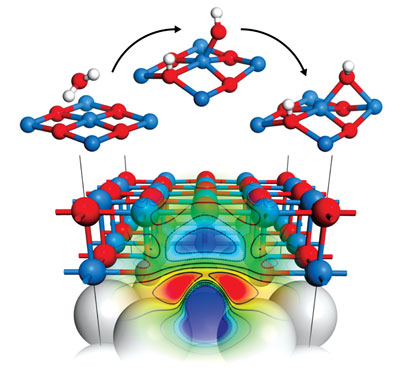 Numerical simulations reveal that deliberately engineering defects into ultrathin oxide films enhances catalytic water-splitting reactions.
Numerical simulations reveal that deliberately engineering defects into ultrathin oxide films enhances catalytic water-splitting reactions.
Jul 1st, 2011
Read more
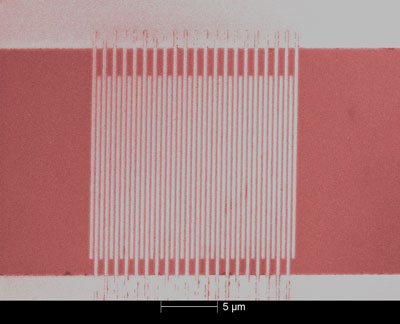 The detector, made of superconducting nanowires, is one of several sensor designs developed or used at NIST to register individual photons.
The detector, made of superconducting nanowires, is one of several sensor designs developed or used at NIST to register individual photons.
Jun 30th, 2011
Read more
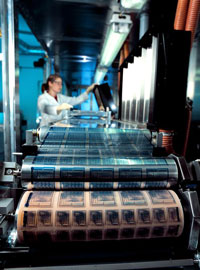 Nanotechnologien und Neue Materialien bieten grosses Potenzial fuer den Verpackungssektor. Dies zeigte der Branchendialog Nanopackaging in Duesseldorf. Die Praesentationen der Veranstaltung sind jetzt online verfuegbar.
Nanotechnologien und Neue Materialien bieten grosses Potenzial fuer den Verpackungssektor. Dies zeigte der Branchendialog Nanopackaging in Duesseldorf. Die Praesentationen der Veranstaltung sind jetzt online verfuegbar.
Jun 30th, 2011
Read more
A dragonfly as small as a dust mote, its four tiny wings beating like it had momentarily alit on a lily pad, and a highly sensitive microvalve were the big winners in this year's student design contest for extraordinarily tiny devices at Sandia National Laboratories.
Jun 30th, 2011
Read more
Viruses that attack plants, insects, mammals and bacteria are proving effective platforms for delivering medicines and imaging chemicals to specific cells in the body, as building blocks for tiny battery electrodes and computer data storage devices, and other nanotechnologies.
Jun 30th, 2011
Read more
Innovative approaches for patterning graphene oxide and chemical doping of graphene for nanoelectronics.
Jun 30th, 2011
Read more
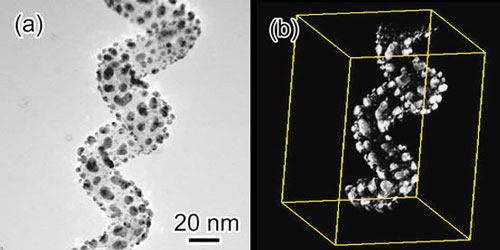 Scientists in in Japan report the growth of thin carbon nanocoils with coil diameters of 50 nm by catalytic chemical vapor deposition.
Scientists in in Japan report the growth of thin carbon nanocoils with coil diameters of 50 nm by catalytic chemical vapor deposition.
Jun 30th, 2011
Read more
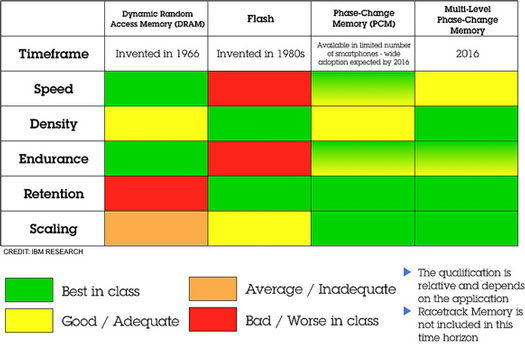 For the first time, scientists at IBM Research have demonstrated that a relatively new memory technology, known as phase-change memory (PCM), can reliably store multiple data bits per cell over extended periods of time.
For the first time, scientists at IBM Research have demonstrated that a relatively new memory technology, known as phase-change memory (PCM), can reliably store multiple data bits per cell over extended periods of time.
Jun 30th, 2011
Read more
 Scientists from ETH Zurich, LMU Munich, Princeton and Yale Universities have used resonant laser absorption to examine how a quantum dot with Kondo correlations responds to a quantum quench, i.e. to an abrupt change in the interactions that give rise to Kondo correlations in the first place.
Scientists from ETH Zurich, LMU Munich, Princeton and Yale Universities have used resonant laser absorption to examine how a quantum dot with Kondo correlations responds to a quantum quench, i.e. to an abrupt change in the interactions that give rise to Kondo correlations in the first place.







 Subscribe to our Nanotechnology News feed
Subscribe to our Nanotechnology News feed